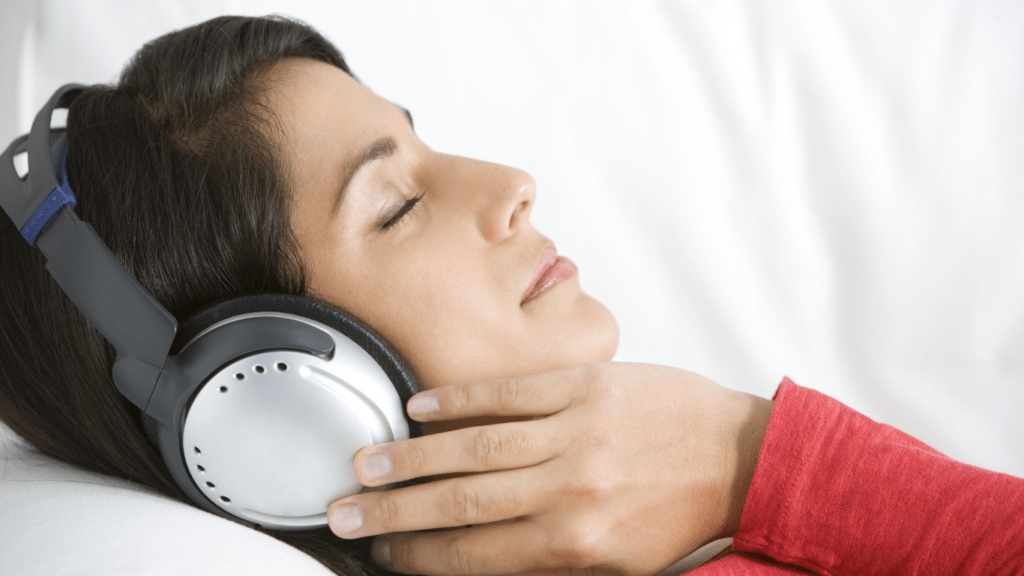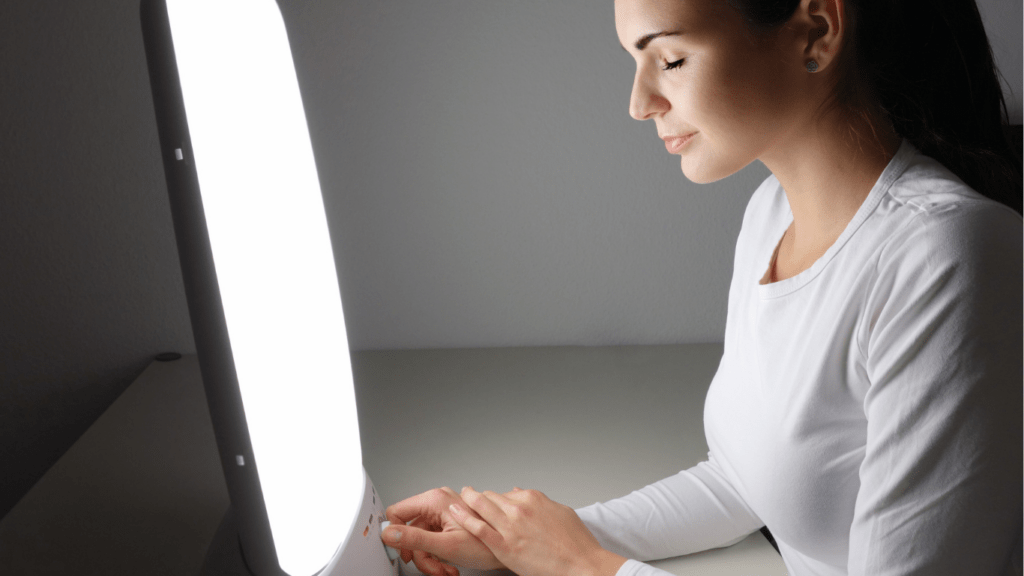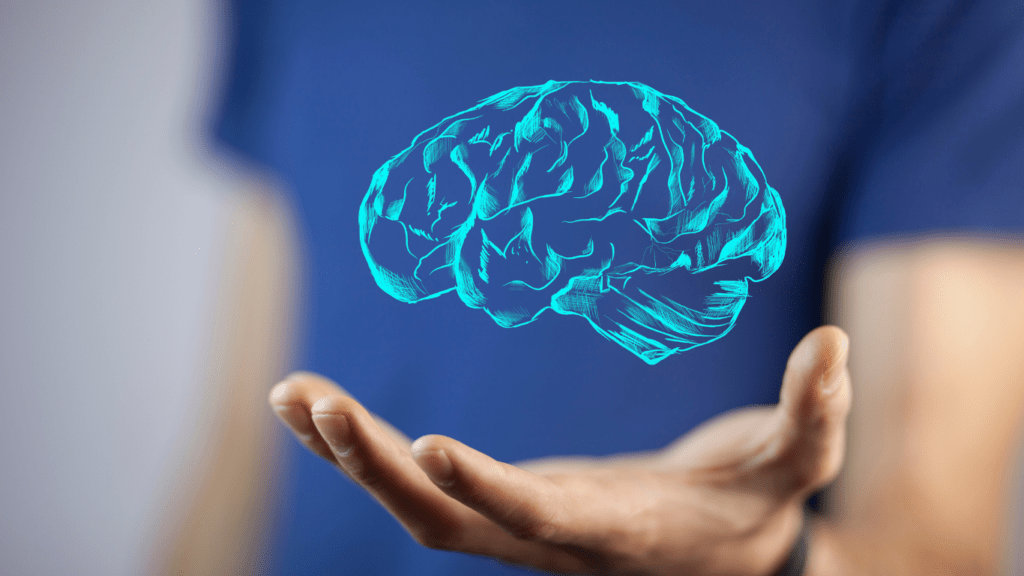Ever wished you could shift your mood or focus with just the right tools? Light and sound have an incredible ability to influence how we think, feel, and even perform. From ancient rituals to modern tech, humans have long explored these elements to alter mind states, whether for relaxation, creativity, or heightened awareness.
Understanding Mind-State Shifting
Mind-state shifting refers to altering mental and emotional states through intentional stimuli. Light and sound play a pivotal role in guiding these shifts by interacting with the brain’s natural rhythms.
The Science Behind Mind-State Alteration
Mind-state changes occur through the brain’s ability to synchronize with external stimuli, a process known as brainwave entrainment. The brain operates in distinct frequency bands:
- delta (0.5-4 Hz)
- theta (4-8 Hz)
- alpha (8-14 Hz)
- beta (14-30 Hz)
- gamma (30-50 Hz)
These frequencies correspond to states ranging from deep sleep to heightened alertness. By exposing the brain to specific light patterns or sound frequencies, it’s possible to encourage a transition from one state to another.
Light acts on the brain through photoreceptors in the retina, influencing the hypothalamus and circadian rhythms. Pulsed or colored light can stimulate responses tied to relaxation or arousal. Sounds, such as binaural beats, create a frequency mismatch between two tones, coaxing the brain to “follow” the tone difference and shift into a desired state.
Role of Light and Sound in Cognitive Changes
Both light and sound can enhance cognitive processes by optimizing brainwave patterns. Bright light therapy often improves mood and energy in individuals with seasonal affective disorder, while red light aids focus during meditative states. Specific wavelengths can influence alertness, with blue light enhancing attention and white light promoting wakefulness.
Sound engages the auditory cortex and limbic system, impacting emotions and memory. Rhythmic sounds like binaural beats, isochronic tones, or harmonics boost concentration, creativity, or relaxation. For instance, alpha wave frequencies between 8 and 12 Hz are ideal for learning and memory retention, while theta waves (4-8 Hz) encourage deep relaxation.
Techniques Involving Light

Light interacts directly with the brain and body, making it a powerful tool for shifting mental states. By utilizing specific light frequencies and devices, it’s possible to influence mood, focus, and energy levels effectively.
The Use of Light Frequencies
Light frequencies, measured in nanometers, have distinct effects on mental and physical states. Blue light, at wavelengths of 450-495 nm, enhances alertness and concentration by suppressing melatonin production. Red light, typically within 620-750 nm, promotes relaxation and aids in recovery by stimulating cellular repair processes. Green light, from 495-570 nm, has been shown to reduce migraines and induce calmness. For brainwave entrainment, pulsing light frequencies can guide the brain into targeted states, like the theta range (4-8 Hz) for deep meditation or the beta range (12-30 Hz) for active focus.
Tools and Devices for Light-Based Techniques
- Modern tools deliver specific light frequencies for targeted outcomes.
- Light therapy lamps emit full-spectrum light to combat seasonal affective disorder, boosting mood and regulating circadian rhythms.
- Red light therapy panels improve relaxation and recovery by targeting skin and cellular functions.
- Wearable devices, like light-emitting glasses, offer portable options for brainwave entrainment and circadian rhythm management.
- Additionally, apps paired with smart bulbs enable customizable lighting setups for productivity or relaxation.
These devices ensure accessibility and precision when using light for mind-state shifts.
Techniques Involving Sound
Sound-based methods offer practical tools for mind-state shifting, leveraging auditory stimuli to guide the brain into specific states. These techniques utilize rhythmic patterns, tones, and frequencies for cognitive and emotional adjustments.
Binaural Beats and Brainwave Entrainment
Binaural beats leverage auditory illusions to promote brainwave synchronization. When tones of slightly different frequencies play in each ear, the brain perceives a third beat whose frequency equals the difference between them. This effect, known as brainwave entrainment, aligns brain activity with the beat frequency.
For example, beats in the delta range (0.5-4 Hz) encourage deep sleep, while theta beats (4-8 Hz) enhance meditation. Alpha frequencies (8-14 Hz) foster relaxation, and beta ranges (14-30 Hz) improve focus. Devices like headphones and dedicated sound generators simplify binaural beat usage, ensuring targeted outcomes based on chosen frequency bands.
Sound Healing with Frequencies and Tones
Sound healing employs specific frequencies and tones to improve mental states and promote emotional balance. Practitioners often use tools such as Tibetan singing bowls, tuning forks, and gongs to create harmonic vibrations. These soundscapes resonate with the listener’s body and mind, alleviating stress and inducing relaxation.
Frequencies like 528 Hz, known as the “love frequency,” are linked to healing, while 432 Hz is believed to enhance spiritual connection. Low rhythmic tones can reduce anxiety, whereas higher frequencies energize cognitive processes. Sound baths, increasingly popular as therapeutic sessions, combine these tones with guided meditations to deepen their impact.
Benefits of Light and Sound for Mind-State Shifting
Light and sound offer scientifically backed methods for altering mental states. These tools enhance a variety of functions, from focus to relaxation.
Enhancing Focus and Productivity
Specific light frequencies and sound patterns improve focus and productivity. Bright light, particularly in the blue spectrum (450-495 nm), enhances alertness and cognitive performance, making it ideal during work hours. Rhythmic sounds and binaural beats in the beta frequency range (13-30 Hz) promote concentration and mental clarity. Tools like light therapy lamps combined with beta-frequency audio tracks create environments that sustain productivity.
Promoting Relaxation and Stress Reduction
Light and sound effectively calm the mind and body. Red light, in the 620-750 nm range, induces relaxation by interacting with melatonin production. Similarly, binaural beats in the alpha (8-12 Hz) and theta (4-8 Hz) ranges encourage a meditative and stress-free state. Devices like red light therapy panels or sound baths with harmonic frequencies alleviate stress and tension, fostering emotional balance and tranquility.
Supporting Sleep Improvement
These stimuli enhance sleep quality and duration. Warm, dim light with wavelengths around 1600K prepares the body for rest by minimizing blue light exposure. Delta frequency binaural beats (0.5-4 Hz) synchronize brainwaves with deep restorative sleep patterns. Light settings on smart devices and headphones paired with delta-focused audio programs create effective solutions for overcoming sleep disturbances.





